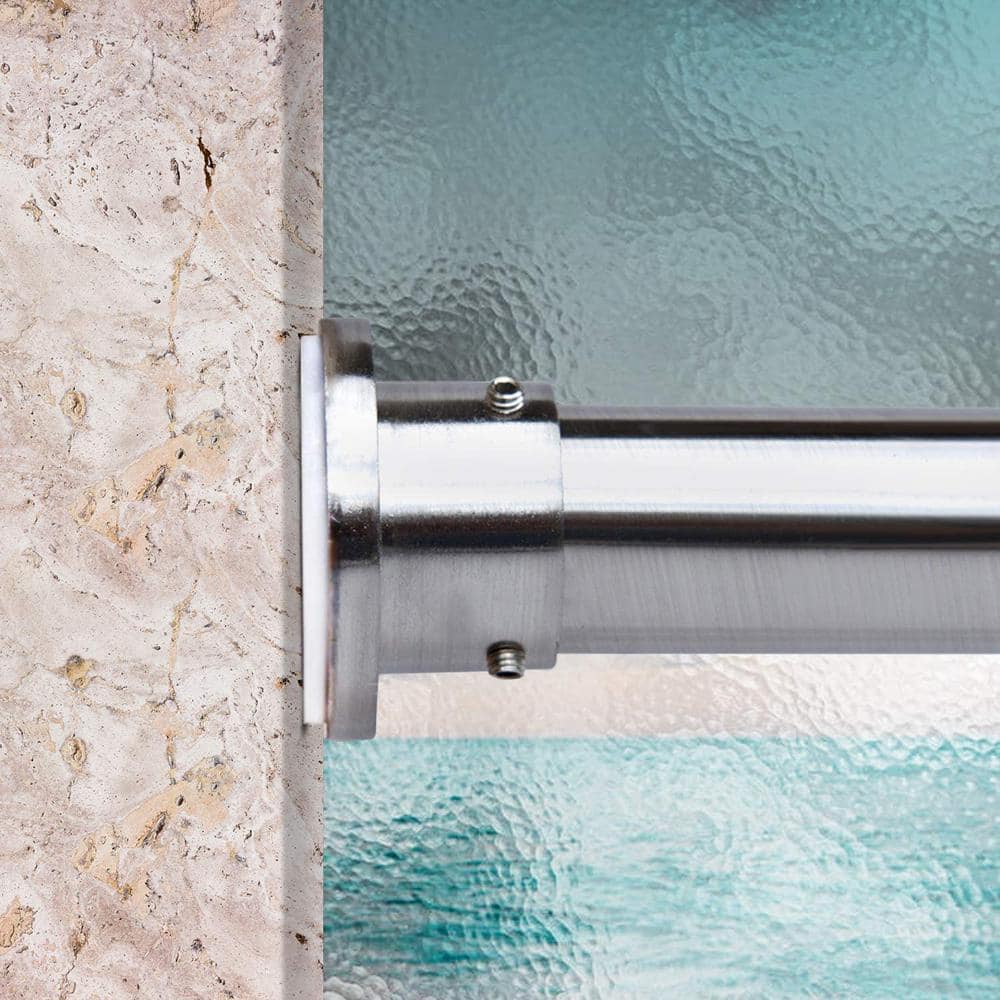sumitagarwal
Member
- Joined
- Sep 23, 2022
- Messages
- 80
- Likes
- 14
I've been struggling to figure out how best to incorporate a 15 degree toe in for adding "wings" to my existing wall as a baffle wall for my theater, and ultimately found myself thinking: why not just put the speakers in a free-standing acoustic panel as a baffle instead?
I'm looking at this 4" free-standing "bass trap": https://www.gikacoustics.com/product/freestand-bass-trap/
Speakers are Genelec AIW26, a sealed 4" deep in-wall speaker that is front-ported.
Also, how about bolting two tension rods on either side of an acoustic board so that the whole thing could be arbitrarily moved around but still securely braced against both floor and ceiling for stability. And hopefully the internal springs would naturally impart some level of isolation too?
I'm looking at things like these:


 www.harborfreight.com
www.harborfreight.com
I'm looking at this 4" free-standing "bass trap": https://www.gikacoustics.com/product/freestand-bass-trap/
Speakers are Genelec AIW26, a sealed 4" deep in-wall speaker that is front-ported.
Also, how about bolting two tension rods on either side of an acoustic board so that the whole thing could be arbitrarily moved around but still securely braced against both floor and ceiling for stability. And hopefully the internal springs would naturally impart some level of isolation too?
I'm looking at things like these:

RoomDividersNow 120 in. - 150 in. Premium Tension Curtain Rod in Silver PTROD-SLVR150N - The Home Depot
RoomDividersNow is the premier supplier of spring loaded tension rods on the market today. Considered to be the strongest tension rods available, RoomDividersNow has worked tirelessly to evolve and perfect
www.homedepot.com

Ratcheting Cargo Bar
Amazing deals on this Ratcheting Cargo Bar at Harbor Freight. Quality tools & low prices.

